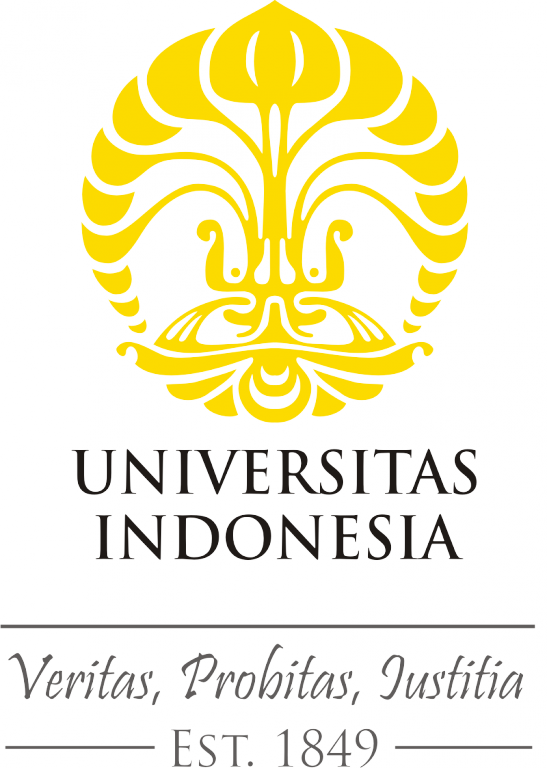
Universitas Indonesia


| Call Number | SEM-215 |
| Collection Type | Indeks Artikel prosiding/Sem |
| Title | Software Prefetching and Caching for Translation Lookaside Buffers |
| Author | Kavita Bala, M. Frans Kaashoek, William E. Weihl; |
| Publisher | Proceedings of the First USENIX Symposium on Operating System Design and Implementation (OSDI) |
| Subject | |
| Location |
| Nomor Panggil | ID Koleksi | Status |
|---|---|---|
| SEM-215 | TERSEDIA |
A number of interacting trends in operating system structure, processor architecture, and memory systems are increasing both the rate of translation lookaside buffer (TLB) misses and the cost of servicing a miss. This paper presents two novel software schemes, implemented under Mach 3.0, to decrease both the number and the cost of kernel TLB misses (i.e., misses on kernel data struc- tures, including user page tables). The first scheme is a new use of prefetching for TLB entries on the IPC path, and the second scheme is a new use of software caching of TLB entries for hier- archical page table organizations. For a range of applications, prefetching decreases the number of kernel TLB misses by 40% to 50%, and caching decreases TLB penalties by providing a fast path for over 90% of the misses. Our caching scheme also decreases the number of nested TLB traps due to the page table hierarchy, reducing the number of kernel TLB miss traps for applications by 20% to 40%. Prefetching and caching, when used alone, each improve application performance by up to 3.5%; when used together, they improve application per- formance by up to 3%. On synthetic benchmarks that involve frequent communication among several different address spaces (and thus put more pressure on the TLB), prefetching improves overall performance by about 6%, caching improves overall per- formance by about 10%, and the two used together improve overall performance by about 12%. Our techniques are very effective in reducing kernel TLB penal- ties, which currently range from 1% to 5% of application runtime for the benchmarks studied. Since processor speeds continue to increase relative to memory speeds, our schemes should be even more effective in improving application performance in future architectures.